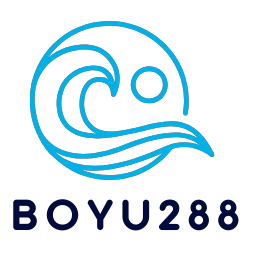In the world of technology and information, there is always something new that captures the interest of enthusiasts and professionals alike. Whether it’s the latest gadget or a unique digital solution, staying informed about the latest developments is crucial. One of the intriguing topics that have emerged recently is rt138, a term that has sparked curiosity and exploration among tech aficionados.
rt138 has become a topic of discussion due to its potential impact on various technological applications. While the specifics of rt138 might not be widely known, its prominence is steadily growing within niche communities and experts dedicated to technological advancements. Researchers and developers are particularly interested in how rt138 can be integrated and utilized across different platforms to enhance performance or offer new capabilities. This growing awareness and exploration indicate that rt138 could potentially play a significant role in future tech innovations, leading to practical applications across different fields.
The exploration of rt138 reveals its potential in diverse areas such as data processing, system optimization, and even artificial intelligence. With technology rapidly evolving, solutions like rt138 could pave the way for more efficient systems that cater to increasingly demanding needs in data management and processing. By optimizing existing processes, it may help reduce overheads and streamline operations, benefiting businesses and consumers alike.
Moreover, the application of rt138 in artificial intelligence could be particularly transformative. As AI technologies continue to advance, the need for more sophisticated processing tools becomes paramount. The implementation of rt138 in AI systems might aid in faster computations and more effective algorithms, directly influencing the development of smarter and more intuitive AI models. This can open up new possibilities for innovation in industries such as healthcare, finance, and autonomous systems.
Another notable aspect of rt138 is its adaptability in enhancing current technological setups. Many systems suffer from aging technology, which becomes a bottleneck for performance. Integrating solutions like rt138 could potentially rejuvenate these systems, extending their life span and improving their output. This not only saves resources but also contributes to more sustainable practices by reducing the need for complete overhauls or replacements.
Despite its promising prospects, it is essential for tech developers and stakeholders to approach rt138 with careful planning and research. Understanding the specific applications and limitations of this technology will be vital in successfully integrating it without unforeseen issues. Industry collaboration and sharing insights can further aid in refining its applications and ensuring that rt138 reaches its full potential.
In conclusion, rt138 represents an exciting development within the tech industry. While still in the process of being fully understood and realized, its capabilities offer promising advancements for both current and future technologies. By potentially enhancing various systems and applications, rt138 could foster new innovations and contribute significantly to technological progress, making it a topic worth watching as it evolves in the coming years.
